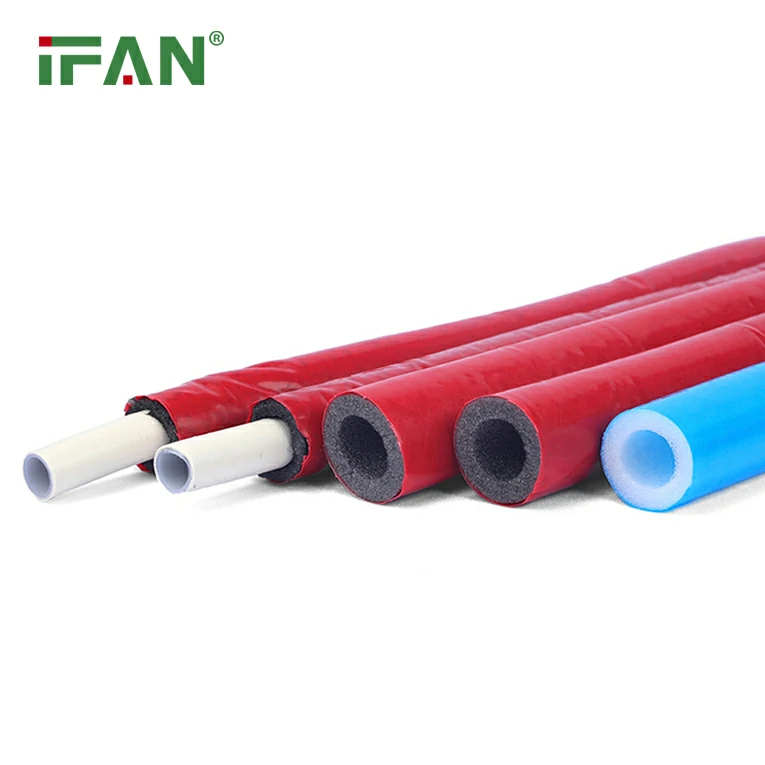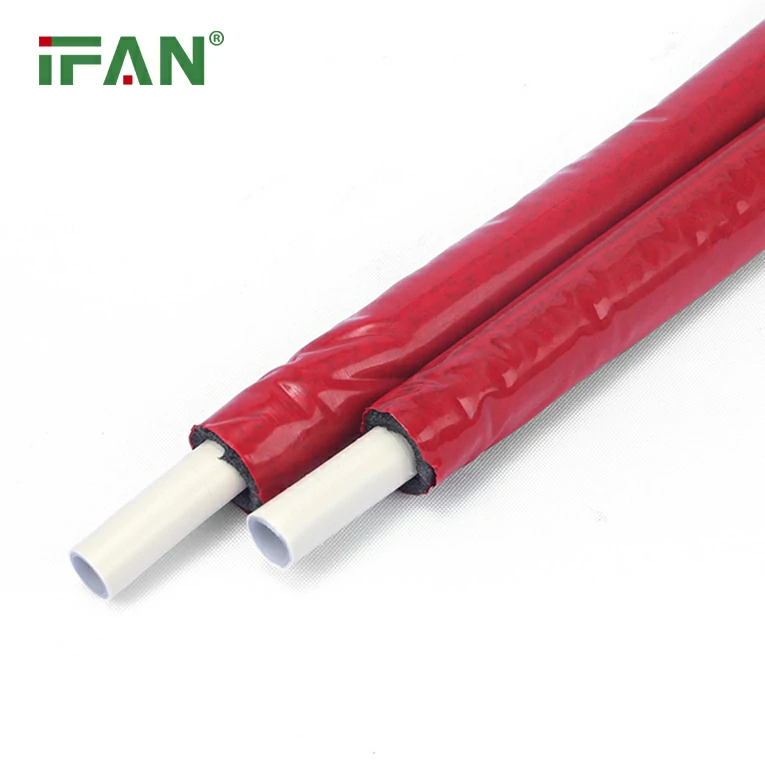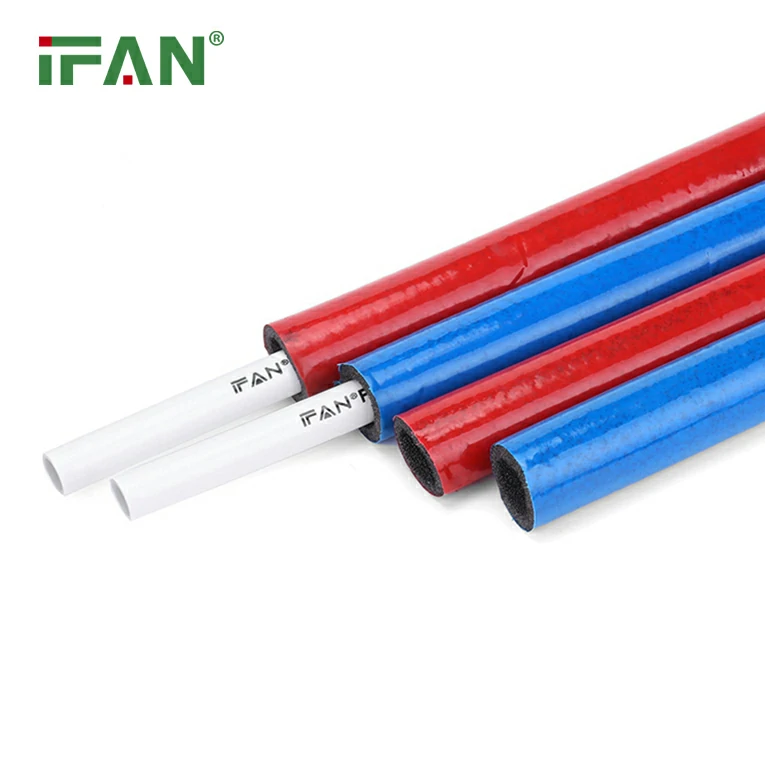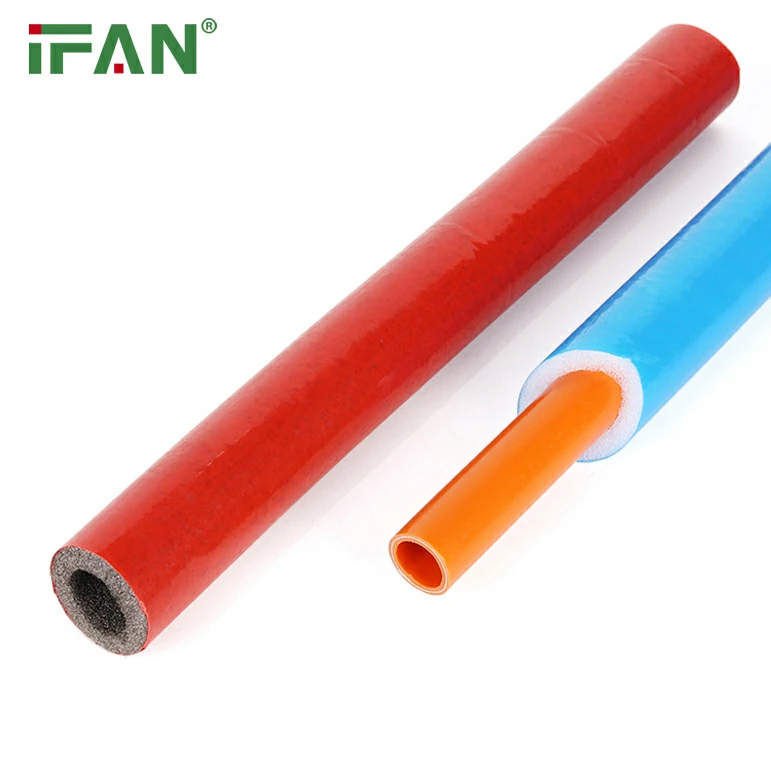In recent years, PEX plumbing has gained widespread popularity in both residential and commercial plumbing due to its affordability, ease of installation, and resistance to corrosion. PEX (cross-linked polyethylene) piping is a flexible, durable alternative to traditional copper or PVC pipes and is often used for water distribution systems, radiant heating, and more. However, while PEX pipes offer many benefits, concerns have surfaced about potential hidden dangers, particularly when it comes to safety, durability, and long-term performance.
This article will explore the hidden risks and potential dangers associated with PEX plumbing, especially when it comes to PEX fittings, long-term durability, chemical leaching, and other issues that homeowners, contractors, and public officials need to consider before choosing PEX for plumbing systems.
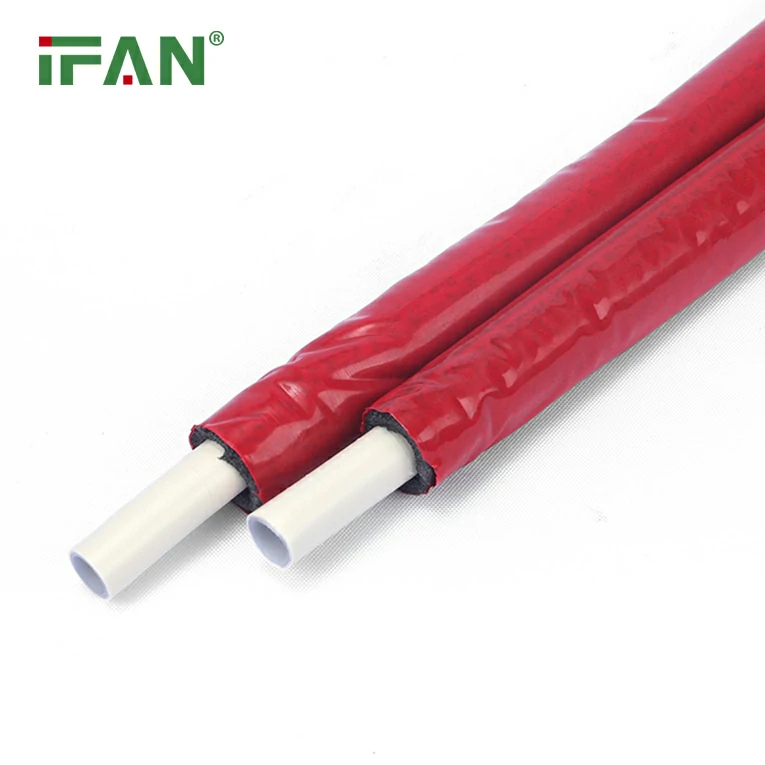
What is PEX Plumbing?
Before diving into the potential risks of PEX plumbing, it’s important to understand what makes PEX pipes so popular in modern plumbing systems. PEX is a flexible plastic tubing used for a wide range of plumbing applications. Unlike rigid copper or PVC pipes, PEX pipes can bend around corners, reducing the need for additional fittings and making installation easier and faster. They are also resistant to corrosion and scaling, which makes them especially attractive in areas with hard water or extreme environmental conditions.
PEX fittings, which are used to connect PEX pipes, come in several varieties such as crimp, clamp, and push-fit, each designed to provide a secure and leak-free connection between pipes.
While PEX plumbing is convenient and cost-effective, it is not without its potential risks and dangers.
1. Chemical Leaching and Water Contamination
One of the primary concerns surrounding PEX plumbing is the possibility of chemical leaching into drinking water. Early PEX piping products faced criticism for leaching harmful chemicals, particularly substances such as antioxidants, stabilizers, and plasticizers that are used in the manufacturing process. These chemicals could potentially contaminate the water flowing through PEX pipes, raising concerns about long-term exposure to harmful substances.
The leaching risk is largely associated with low-quality or unregulated PEX pipes. However, modern PEX products are made with stricter standards, including certifications from NSF International, which ensure that the pipes meet rigorous health and safety regulations. The use of PEX pipes that are approved for potable water helps mitigate chemical leaching risks, but this issue remains a concern, especially for older installations or lower-quality materials.
How to Mitigate Chemical Leaching Risks
To minimize the risk of chemical leaching, it’s essential to:
- Use PEX pipes that are NSF-certified for potable water.
- Avoid using PEX pipes in applications where they may be exposed to sunlight for long periods, as UV exposure can accelerate chemical leaching.
- Install PEX pipes that meet local building codes and standards to ensure safety and compliance.
2. Durability Concerns: The Long-Term Performance of PEX
While PEX pipes are known for their resistance to corrosion, they are not immune to other forms of degradation. Over time, PEX plumbing systems can face challenges related to temperature fluctuations, UV exposure, and chemical reactions. PEX pipes are particularly vulnerable to damage caused by exposure to sunlight. UV light can break down the polymer in PEX pipes, leading to brittleness and eventual failure. This is why PEX pipes are typically installed indoors or in protected areas, and the pipes must be shielded from UV exposure during storage and installation.
Additionally, some critics argue that PEX pipes may not be as durable as metal pipes, particularly in high-stress environments. For instance, PEX pipes are not designed for use in high-pressure applications or environments with significant temperature extremes, such as areas that experience very cold winters or intense heat.
How to Mitigate Durability Concerns
To improve the durability of PEX pipes:
- Always shield PEX pipes from UV light during installation and ensure they are used indoors or in protected areas.
- Choose high-quality PEX pipes designed for specific temperature and pressure ranges.
- Ensure that PEX fittings are properly installed and maintained to prevent strain on the PEX pipes.
3. Risk of Freezing and Burst Pipes
One of the key benefits of PEX plumbing is its resistance to freezing. PEX pipes are more flexible than traditional copper or PVC pipes, allowing them to expand slightly when water inside freezes. This property reduces the risk of PEX pipes bursting when exposed to freezing temperatures. However, PEX is not entirely immune to freezing.
If PEX pipes are exposed to extremely cold temperatures for extended periods, they can still burst, especially if they are poorly insulated or improperly installed. In cold climates, it is essential to take proper precautions to prevent PEX pipes from freezing. While PEX may have better freeze resistance compared to metal pipes, it is still critical to protect pipes in unheated spaces such as basements, attics, or outdoor areas.
How to Prevent Freezing Risks
To prevent the risk of frozen PEX pipes:
- Insulate PEX pipes that are exposed to cold environments or located in unheated spaces.
- Install PEX pipes in areas that are less likely to be affected by extreme cold temperatures.
- Use heating cables or tape on exposed PEX pipes to keep them warm during winter months.
4. Poor Installation and Leaks with PEX Fittings
While PEX pipes themselves offer many advantages, the PEX fittings used to connect them are just as important for the integrity of the plumbing system. Poor installation or improper fitting can lead to leaks, which may cause significant water damage over time. Inadequate crimping, clamping, or failure to use the right type of PEX fittings can result in loose connections and water seepage.
The type of PEX fittings used can also have a significant impact on the system’s reliability. Crimp fittings, for example, require precise crimping to secure the pipe to the fitting. If the crimp is not tight enough, it may lead to leaks. Likewise, push-fit fittings can wear down over time if not installed properly, leading to potential failures.
How to Avoid Installation Errors
To ensure proper installation and avoid leaks:
- Always follow the manufacturer’s instructions for installing PEX fittings.
- Use high-quality PEX fittings that meet industry standards.
- Hire a licensed plumber who is experienced in PEX plumbing installation to ensure proper installation and minimize the risk of leaks.
5. Potential Environmental Impact
The environmental impact of PEX plumbing is also a concern. PEX pipes are made from plastic, which is not biodegradable. While PEX piping can last for decades, the disposal of PEX pipes at the end of their lifespan is problematic. The environmental impact of producing PEX pipes, as well as their disposal, raises questions about the long-term sustainability of this material.
Although PEX piping has many advantages, it does contribute to plastic waste, which is a growing concern for environmental advocates. In contrast, copper pipes are recyclable, which makes them a more environmentally friendly option. However, the overall longevity and cost-effectiveness of PEX may still outweigh the environmental concerns in some cases.
How to Mitigate Environmental Concerns
To reduce the environmental impact of PEX plumbing:
- Recycle old PEX pipes when possible, or look for specialized recycling programs for plastic piping.
- Consider alternatives to plastic piping, such as copper, if environmental concerns are a top priority for the project.
Conclusion
While PEX plumbing offers many benefits, including cost-effectiveness, flexibility, and ease of installation, it is important to understand the hidden risks and potential dangers associated with it. Concerns about chemical leaching, durability, freezing, and installation issues with PEX fittings must be carefully considered before choosing PEX for plumbing systems.
By using high-quality materials, adhering to installation best practices, and taking the necessary precautions to prevent freezing and UV damage, homeowners and contractors can minimize the risks and ensure that PEX plumbing systems function effectively for years to come.
In summary, while PEX plumbing is a reliable and modern solution for many plumbing needs, it is important to be aware of the potential risks and take steps to address them.
Frequently Asked Questions (FAQs)
1. Is PEX plumbing safe for drinking water?
Yes, modern PEX pipes are certified for use in drinking water and meet health and safety standards. Ensure that you use NSF-certified PEX pipes for potable water systems.
2. Can PEX pipes burst if they freeze?
Although PEX pipes are more freeze-resistant than traditional pipes, they can still burst in extreme cold if not properly insulated. Proper precautions should be taken in cold climates to protect PEX pipes from freezing.
3. Are there environmental concerns with PEX plumbing?
Yes, PEX pipes are made from plastic and are not biodegradable, raising concerns about their environmental impact. However, PEX can last for decades, and efforts to recycle old pipes may help reduce this impact.
4. How long do PEX pipes last?
With proper installation and maintenance, PEX pipes can last up to 40-50 years, though exposure to UV light and other environmental factors may shorten their lifespan.
5. Can I install PEX plumbing myself?
While PEX plumbing is easier to install than traditional pipes, it is recommended to hire a licensed plumber for optimal results. Improper installation of PEX fittings can lead to leaks and system failures.

